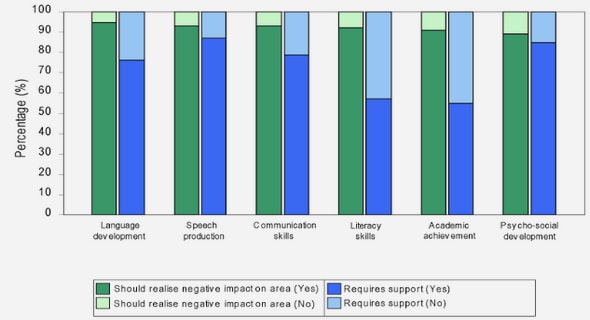(Downloads - 0)
For more info about our services contact : help@bestpfe.com
Table of contents
Chapter 1 Deuterium and Tritium Labeling of Bioactive Thioethers
1 Introduction and background
1.1 Deuterium and applications of deuterated compounds
1.2 Tritium and applications of tritiated compounds
1.3 Synthesis of deuterium or tritium labeled compounds
1.4 H/D exchange reactions catalyzed by iridium complexes
1.4.1 Iridium catalyzed deuteration involving oxygen atom as directing groups
1.4.2 Iridium catalyzed deuteration involving nitrogen atom as directing group
1.4.3 Iridium catalyzed deuteration of various compounds with distinct functional groups
1.4.4 Iridium catalyzed deuteration of alkenes
1.4.5 Iridium catalyzed deuteration of aromatic compounds
1.5 H/D exchange reactions catalyzed by ruthenium catalysts
1.5.1 Ruthenium catalyzed deuteration involving oxygen atom as directing groups
1.5.2 Ruthenium catalyzed deuteration involving nitrogen atom as directing groups
1.5.3 Ruthenium catalyzed deuteration of various compounds with distinct functional groups
1.5.4 Ruthenium catalyzed deuteration of other types of organic molecules
1.6 H/D exchange reactions catalyzed by other metals
1.6.1 Palladium catalyzed H/D exchange reactions
1.6.2 Rhodium catalyzed H/D exchange reactions
1.6.3 Platinum catalyzed H/D exchange reactions
1.6.4 Iron catalyzed H/D exchange reactions
1.6.5 H/D exchange reactions catalyzed by mixed metal catalysts
2.1 The investigation of the H/D exchange of thioethers
2.2 Attempts to apply our method in quantitative LC-MS analysis
2.3 Application of our method in tritium labeling
2.4 Mechanistic studies of the H/D exchange of thioethers
2.5 Summary and perspective
2.6 Exploring the catalytic activities of different kinds of ruthenium catalysts
3 Experimental section
3.1 Reagents and General Procedures
3.2 Experimental details and characterization for compounds 2.1 to 2.15’
3.3 Data of mass analyses for compounds 2.1 to 2.15’
Chapter 2 Ru/C catalyzed homocoupling of 2-arylpyridines
1 Introduction and background
1.1 C-C bond formation through heterogeneously catalyzed C-H functionalization
1.1.1 C-C bond formation based on heterogeneous palladium catalysts
1.1.2 C-C bond formation based on heterogeneous ruthenium catalysts
1.1.3 C-C bond formation based on heterogeneous platinum catalysts
1.2 C-C bond formation through heterogeneously catalyzed CDC reactions
1.2.1 C-C bond formation through heterogeneously catalyzed dehydrogenative alkylation
1.2.2 C-C bond formation through heterogeneously catalyzed dehydrogenative alkenylation
1.2.3 C-C bond formation through heterogeneously catalyzed dehydrogenative arylation .
1.2.4 C-C bond formation through heterogeneously catalyzed dehydrogenative alkynylation
1.2.5 C-C bond formation through heterogeneously catalyzed dehydrogenative homocoupling
1.3 Summary and perspectives of CDC reactions through heterogeneous catalysis
2 The discovery of new C-H activation reactions
2.1 Exploring new C-H activation reactions catalyzed by ruthenium heterogeneous catalyst
2.2 Literature review for the homocoupling of 2-arylpyridines
3 Results and discussions
3.1 Optimization of reaction conditions
3.2 Substrate scope of the homocoupling reactions
3.3 Experiments for mechanism studies
3.4 Applications of the homocoupling products
3.4.1 Perspectives
3.4.2 Conclusion
4 Experimental section
4.1 Reagents and General Procedures
4.2 Experimental details and characterization for synthesized compounds
Chapter 3 Pd-catalyzed C-H activation intramolecular arylation via concerted metalation-deprotonation
1 Introduction and background
1.1 Synthesis of polycyclic biaryls through intramolecular arylation involving CMD process
1.2 Synthesis of polycyclic biaryls through intramolecular arylation involving pyridine derivatives
2 Results and discussions
3 Experimental section
3.1 Reagents and General Procedures
3.2 Experimental details and characterization for synthesized compounds



